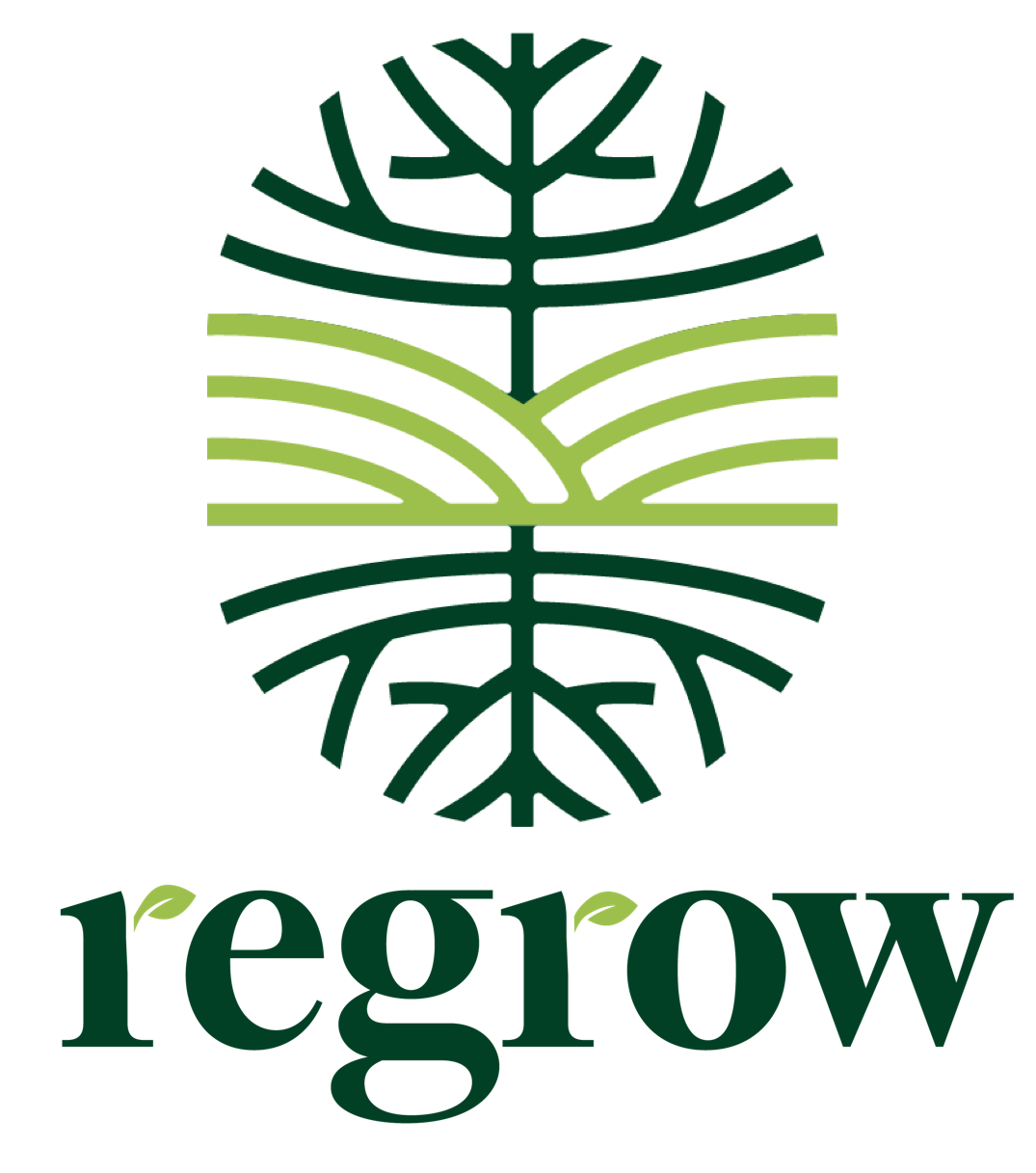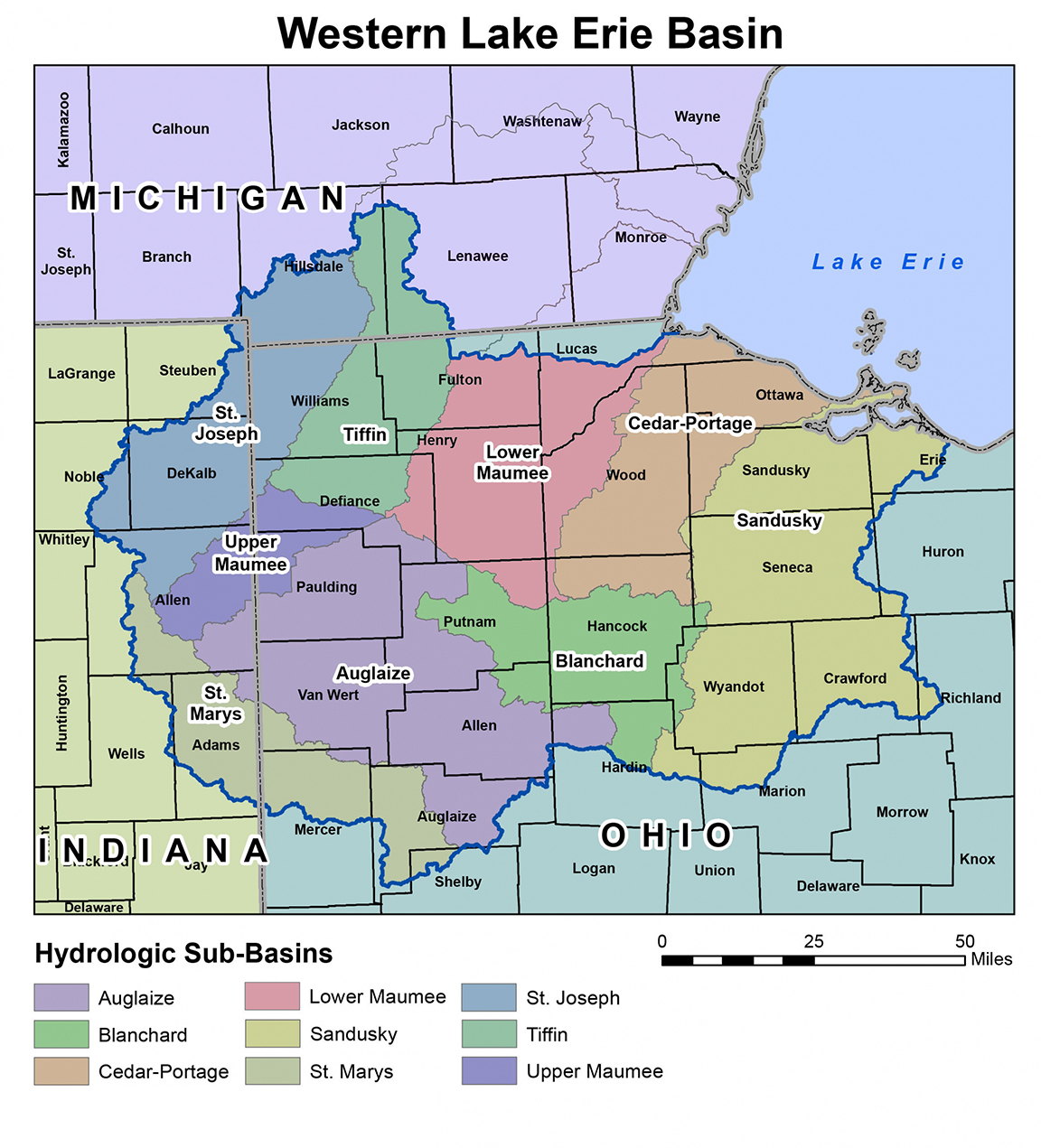DNDC Introduction
DNDC: The Denitrification-Decomposition (DNDC) model was used to simulate carbon and nitrogen soil dynamics as a function of the soil health management practices monitored by OpTIS (crop diversity, conservation tillage, and cover crops).
DNDC performs process-based simulations of nitrogen and carbon dynamics in agroecosystems. Based on environmental drivers (inputs like soil characteristics, temperature and precipitation data, crop characteristics, and crop management) the model predicts crop growth and yield, soil organic carbon (SOC) changes (loss vs. sequestration) and greenhouse gas emissions (methane and nitrous oxide). DNDC is used widely around the world and has been tested against many field datasets in the US and abroad.
DNDC modeling results based on OpTIS data are currently available for the years 2015 through 2021. The new dataset released in September 2023 covers croplands for all lower 48 states (CONUS). Both the OpTIS and DNDC pages include charts and maps to further enhance identification of trends and opportunities to promote the adoption of conservation practices. As with previous releases, all data are undergoing various forms of peer review and may be updated in the future. If you see a region that is "grayed-out," that means there were insufficient data available for the DNDC model to be run. Please click on the "Learn More" button for more details.
What is DNDC?
Want to learn more about the Denitrification-Decomposition (DNDC) model? Visit our information page.
Want to learn how to use the online tool? Click to learn more about it.


